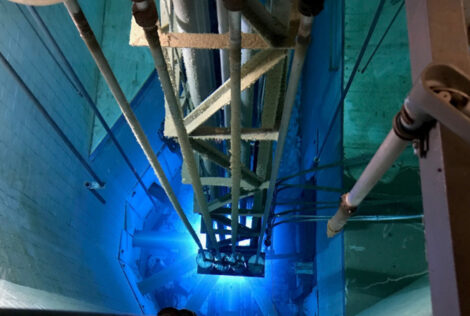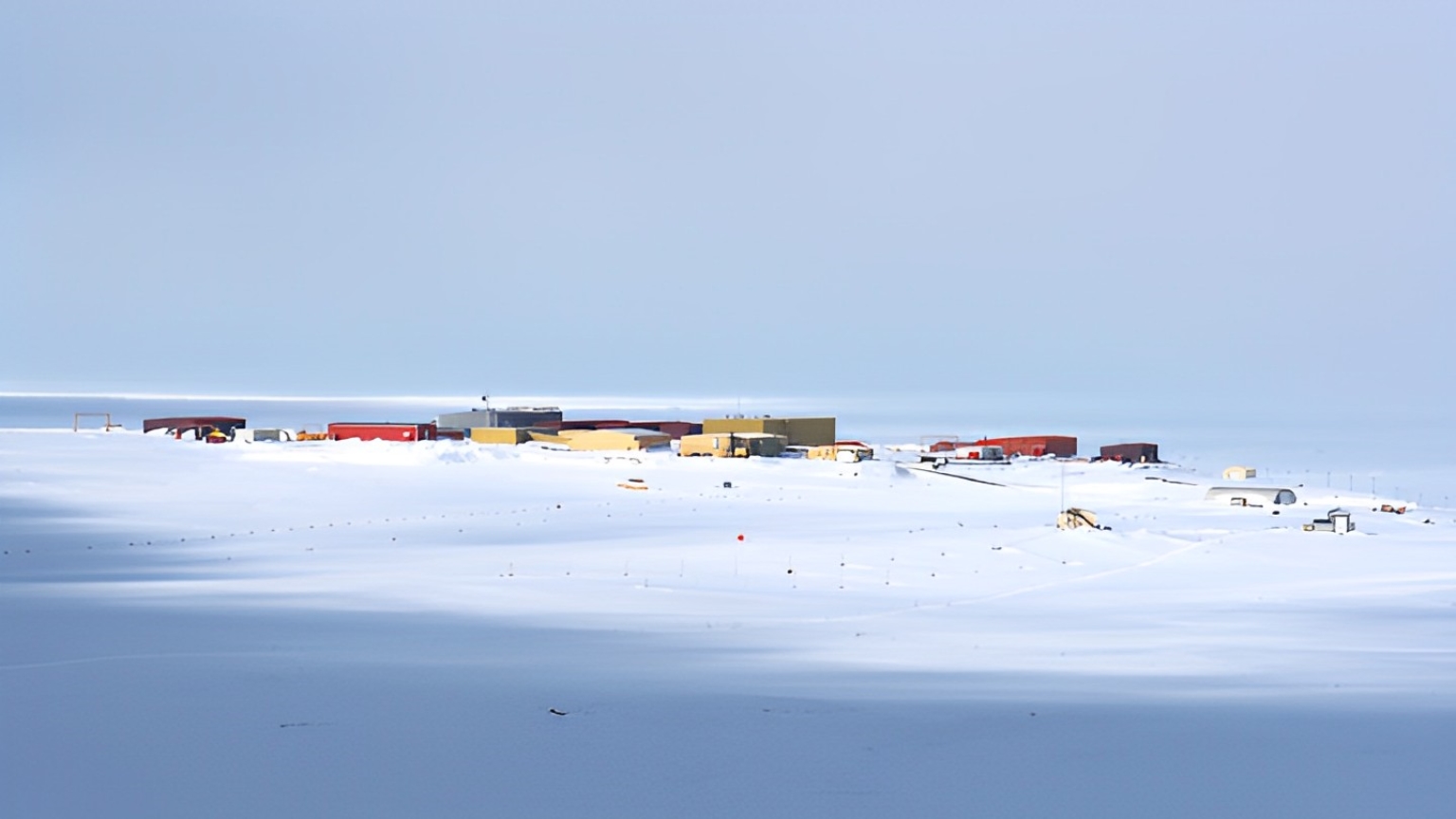

At the forefront of the global climate change crisis are McMaster University researchers like Engineering Physics professor Adriaan Buijs, who are using their expertise to make a difference.
For the application of his nuclear energy research, Prof. Buijs looked north, all the way to the Canadian Arctic, where his design of a nuclear reactor may one day provide reliable, safe and clean energy to the local communities.
Prof. Buijs is one of four McMaster researchers to receive a grant from the NSERC-CNSC Small Modular Reactors Research Grant Initiative, established by the Canadian Nuclear Safety Commission (CNSC), focused on supporting Small Modular Reactors (SMRs).
Below, Prof. Buijs introduces his project and shares his thoughts on the importance of nuclear energy, on the role SMRs may play in this field and on McMaster’s possible contribution to this emerging technology.
What is the focus of your nuclear energy research?
The NSERC fund will be used to support a particular type of SMRs, namely those that are fueled by so-called TRISO particles. These are very small (approximately one millimeter) particles that contain enriched uranium within several protective layers. This type of fuel has been around since the 1960s and was proven to be very safe up to temperatures of at least 1600 degrees Celsius.
My research will focus on the question whether the TRISO fuel would ever reach those kinds of temperatures in hypothetical accident scenarios in the reactor type under consideration, in which the TRISO particles are embedded in graphite and the heat is removed from the reactor core by means of so-called heat pipes.
In the short term the project will address the concern of heat pipes breaking while the reactor is running, confirming that the temperatures encountered in such a system are indeed within the safe operating limit of the fuel.
In the long term, the project will generate a methodology for studying such questions in general.
How did you migrate from research in CANDU reactors to the physics of SMR cores?
I was the manager for the physics design of the Advanced CANDU Reactor at Atomic Energy of Canada Limited (AECL) before I came to McMaster, where I continued to perform research on large reactor systems.
A few years ago, I was approached by Dunedin Energy Systems, an Ontario-based startup company that had acquired the IP rights to a design of a very small reactor from AECL, to lead a core physics group for their design.
Dunedin Energy Systems’ mission is to bring to the market a modular reactor that can power a remote community in the Arctic, thereby displacing the diesel engines that are currently used and for which the fuel must often be flown in by airplane at a large cost, both economically and environmentally.
What role can SMRs play in the nuclear energy landscape in Canada?
Nuclear energy provides up to 50% of the electrical power in Ontario, 16% in Canada and 10% worldwide. Most of this power is produced in large reactors with electricity outputs of more than 300 MW, which are connected to wide-area electricity grids. As nuclear power is essentially carbon-free, a vast amount of CO2has been kept out of the atmosphere thanks to its use. Currently, governments in many countries recognize that nuclear is a necessary ingredient in the energy mix needed for decarbonizing the economy and society in general.
There is generally a move away from large power-generating stations with extensive distribution grids to smaller, local systems. In such an environment the SMR would provide the base load capacity and complement other sources of sustainable power generation.
There are other attractive features of SMRs: modular construction leading to drop-in deployment, longer time between refuelling, enhanced passive safety features. However, there will always be a demand for large generation capacity in populated, industrialized areas, justifying the continuous development of large nuclear reactor systems such as our CANDU reactor as well.
McMaster has a role to play in the development of SMRs, as it is initiating a feasibility study for deploying a small SMR on campus. McMaster is ideally suited to this initiative as we currently have the largest research reactor in Canada on campus. It delivers neutrons for fundamental research, medical isotope production, materials research, radiography and activation analysis. It is complemented by a set of accelerators and other nuclear facilities such as hot cells.
McMaster is truly the nuclear university of Canada.
